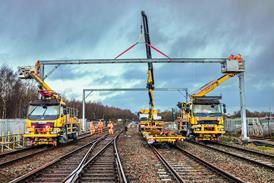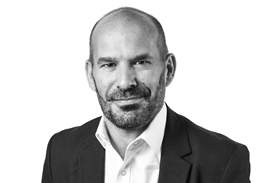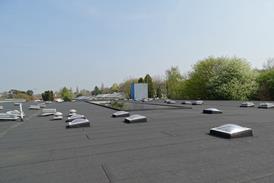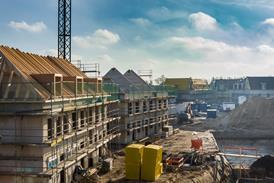Manchester council hopes to put in place a pipeline of institutional investment
Manchester council has agreed plans to invest £25m from a local authority pension fund to develop nearly 250 homes in a move that could put in place a pipeline of institutional investment in housing and infrastructure.
The plan, agreed by the council last month, means public land will be put in for development on five sites across the city. The Greater Manchester Pension Fund will contribute £25m in equity investment in return for revenues generated through market rents and house sales. Under the partnership the council will retain a 20% stake, with the remaining 80% held by GMPF.
The model will finance, in the first stage, about 244 homes for sale and private rent, the council said. Contractors will be appointed from the Homes and Communities Agency’s delivery partner panel.
You’re not able to move quickly - pension funds have long-term investment strategies
Nigel Keogh, CIPFA
The partners anticipate the pilot will attract further institutional investment, bringing forward a pipeline of development over the next five to 10 years in Greater Manchester.
The move comes as the government continues talks with pensions funds about increasing institutional investment in UK infrastructure.
In the autumn the chancellor George Osborne said he wanted to raise £20bn from pension funds as part of a plan to boost investment in UK infrastructure and called for council pension funds, worth around £140bn, to invest up to £10bn in the UK.
Last week, Leicestershire council’s pension fund allocated £70m - about 3% of the fund’s portfolio - to two infrastructure funds, but these mainly invest overseas.
The London Pensions Fund Authority (LPFA) invests about £150m in infrastructure, but Mike Taylor, LPFA chief executive, said only a “small proportion” of this was focused on the UK.
He said Osborne’s £10bn target was an “aspiration” but ultimately it was up to pension funds to decide how to invest in accordance with their own investment strategies.
“If returns are attractive and the investment case can be made with appropriate governance structures in place, then we would look at the possibility. It depends on the offer,” he said.
Nigel Keogh, Chartered Institute of Public Finance and Accounting pensions manager, said infrastructure and other “alternative” asset classes were increasingly attractive to pension funds, but remained a relatively small proportion of overall investment at about 7%.
He said that for the total investment in infrastructure to rise to £10bn would effectively require at least a doubling of the current level of allocation, which has taken ten years to reach.
“A number of pension funds may be looking at infrastructure as an alternative to bonds but you are not able to move that far that quickly because pensions funds have long-term investment strategies in place.”
He said conflict of interest regulations meant the level a pension fund could invest in an enterprise led by its own members was capped, limiting the potential of models such as that developed in Greater Manchester.
Pension funds would need investment vehicles focused on regional or national infrastructure to fulfil Osborne’s ambition, he said.




























No comments yet